April 5th is International Soup Day. And this is the perfect day of the year when mom and grandma can be calm about the health of your stomach.
The word “soup” comes from the Latin (suppa) and means bread soaked in water. In Russia, it was called “pottery” until Peter introduced the fashionable Western word “soup.”
Like the tastiest things we now eat (oysters, black caviar, pizza, sushi, and even quinoa), soup was once viewed as the food of the poor, but then it has moved into absolutely every household menu and recommendation in every country. gastroenterologists around the world.

Anya Baturina, columnist for The Fashion Vibes, author of the Gastrology Telegram channel
The Fashion Vibes columnist Anya Baturina learned from statistics that Russia ranks second in soup consumption (thanks to our long winter) and restaurant chefs from different countries and cultures – how and what soups they eat there and whether it can be tasted. in Moscow.
Ramen (Japan)

Vladislav Kistaev, chef of Japanese bistro J’PAN and ramen bar RA’MEN
“Soups have a special place in Japanese cuisine. Moreover, the Japanese even eat them for breakfast. Shiso soup is one of the essential ingredients of a traditional Japanese breakfast.. And for lunch, the teiseku set includes soup (complex dinners with several dishes served at the same time). Japanese soups are very light and one-of-a-kind with just a few ingredients, each prepared in isolation from the other. For example, the simplest miso soup contains cubes of tofu, seaweed, and dashi broth.

Of course, there are more complex soups, they are usually served either in restaurants or just on holidays. Ramen is one of them. I call it the “emptiness in the bowl” – it takes a lot of effort to create it. The most popular and bright of our RA’MEN – This is “Naruto Ramen” and is hunted by cosplayers, Naruto fans and Japanese and anime lovers around the world. All the ingredients are here, exactly repeating the composition of the famous soup loved by Naruto Uzumaki, the main character of Masashi Kishimoto’s shounen manga “Naruto”. The exception was the broth, where we replaced the traditional pork broth with a chicken and seaweed broth mix.”
Kharcho (Georgia)
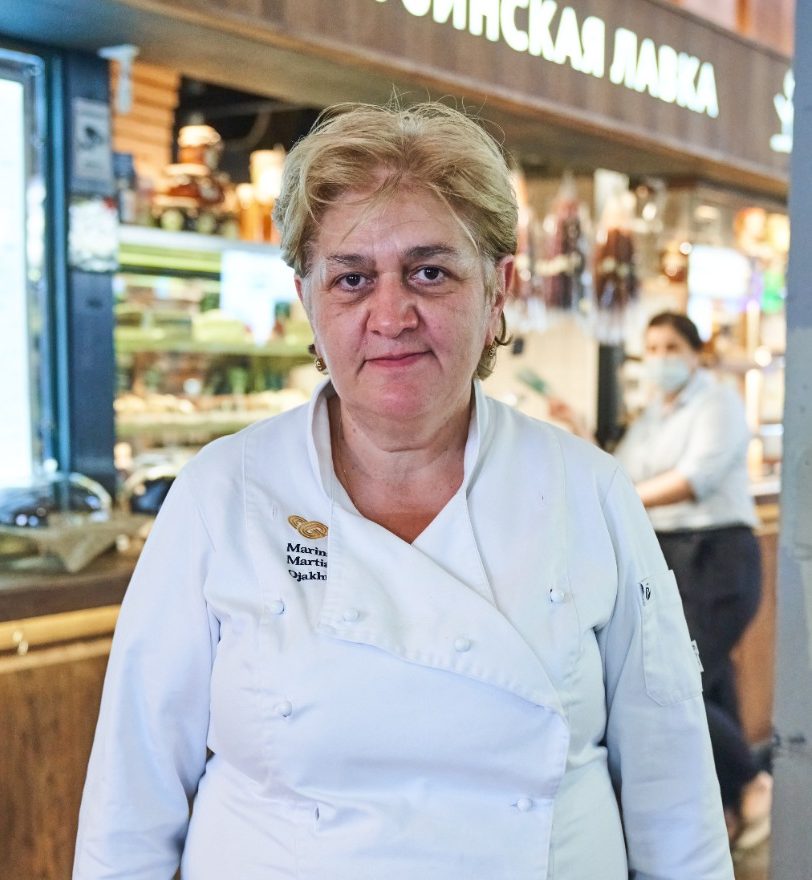
Marina Martiashvili, brand chief of Georgian stores “Ojakhuri”
“In Georgia you will be offered a lot of soups and in each region you can try something different, unique. Somewhere there are more vegetables, somewhere there are more meat soups, there are differences in seasonings and seasonings. For example, meat-based soups are more popular in Kakheti because this is a very rich region. There is excellent khashlama and chakapuli – lamb soup with tarragon, ideally with the addition of wine and plums. The most famous soup in the Samegrelo region is kharcho. This is usually a separate story, because how many cooks in the country, there are so many recipes for this soup. Somewhere hazelnuts are added, somewhere rice, somewhere sharper, somewhere a little spicy.
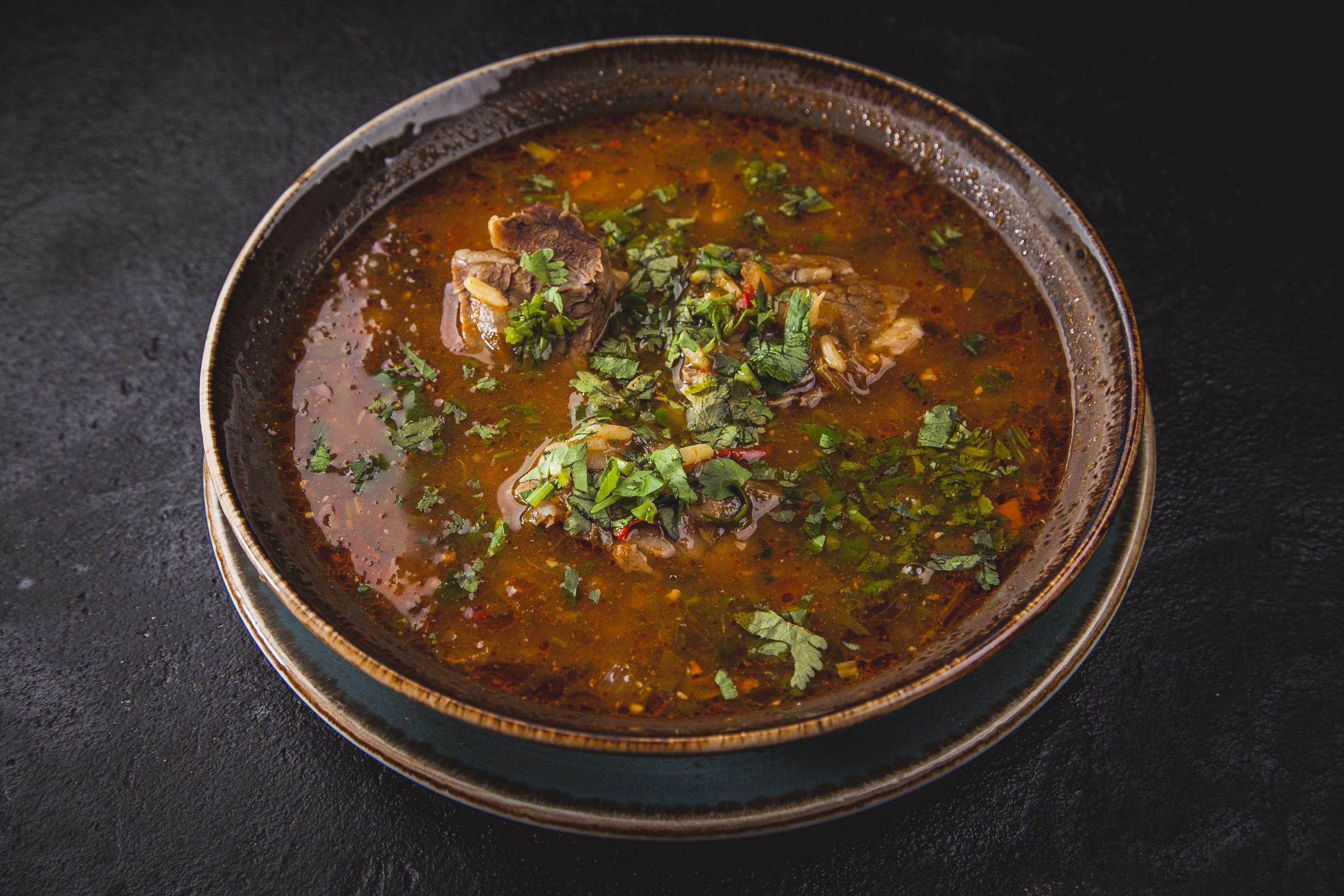
Soup should be eaten with Georgian Shoti. And it is best to drink homemade chacha. We sell all these soups in our restaurants and shops (Ojakhuri, Megobari). But we cook the same chakapuli according to the season, when fresh tarragon grows. And the leader in sales is, of course, kharcho. By the way, few people know that “kharcho” is the name of not only the soup, but also the main dish, there is such a beef dish – “megrelian kharcho”.
Onion soup (France)
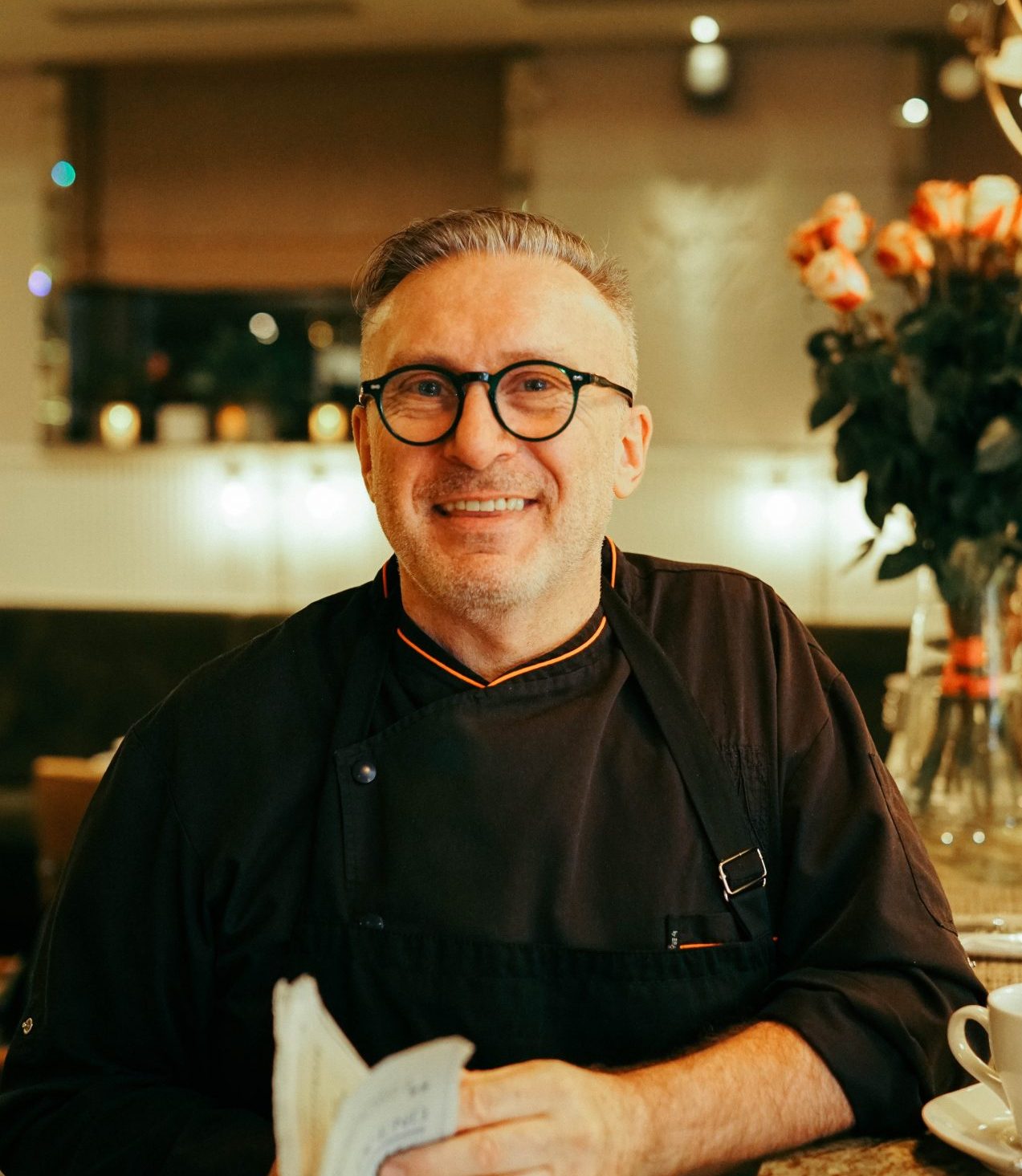
Michelle Evan, Nebistro “Geraldine” Chef
“In France, each region has its own ‘favorite’ or ‘national’ soup. There is a special pattern – the warmer the area, the lighter the consistency of the soup. If we take into account the composition of the dishes, for example, in Lille, they prefer soups with beans, cabbage, in Brittany – seafood, and the favorite soup of Normandy is the well-known onion soup.

However, it was onion soup that was most popular not only in this region but throughout France. Although Nice and Cannes prefer fish soups, for example, bouillabaisse is traditionally prepared here – thanks to the broth base, it is light, but rich in taste, because many types of fish are collected here.
Okra (USA, Louisiana)
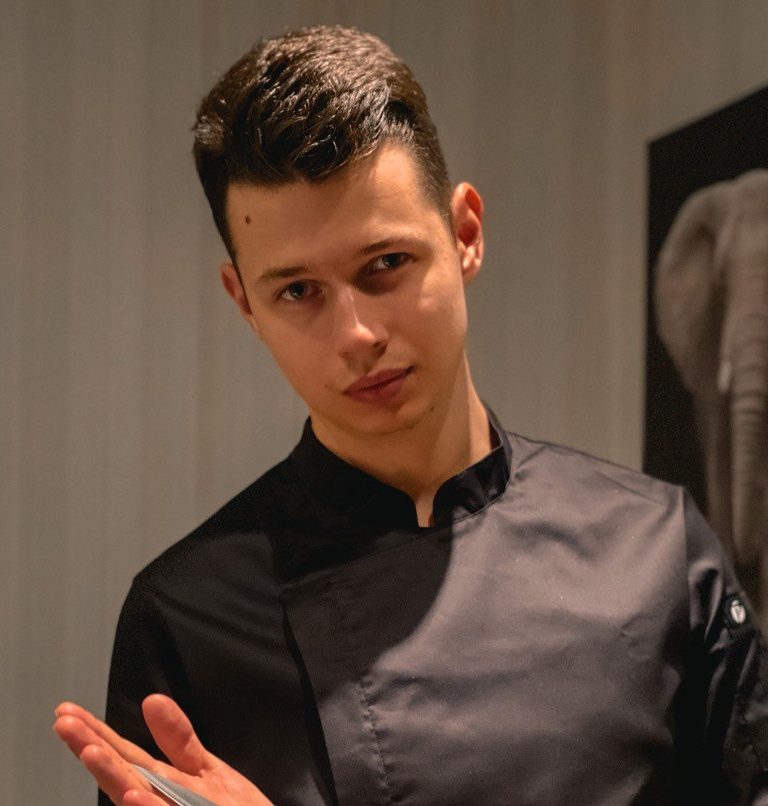
Egor Ermakov, conductor of Marie Laveau
Okra is the epitome of New Orleans home cooking, where the housewives prepare a “beer” for the whole family. As for the composition of the soup, it includes a Creole mix of Holy Trinity vegetables: sweet pepper, onion, celery. The base also includes chicken, tomatoes, seafood, smoked meats and okra, a very original, healthy and little-known product in our country (it tastes like zucchini or green beans). Okra soup can be compared to our hodgepodge: a meal you wouldn’t eat every day, but if you indulge yourself, you can safely swallow 2-3 dishes at a time.
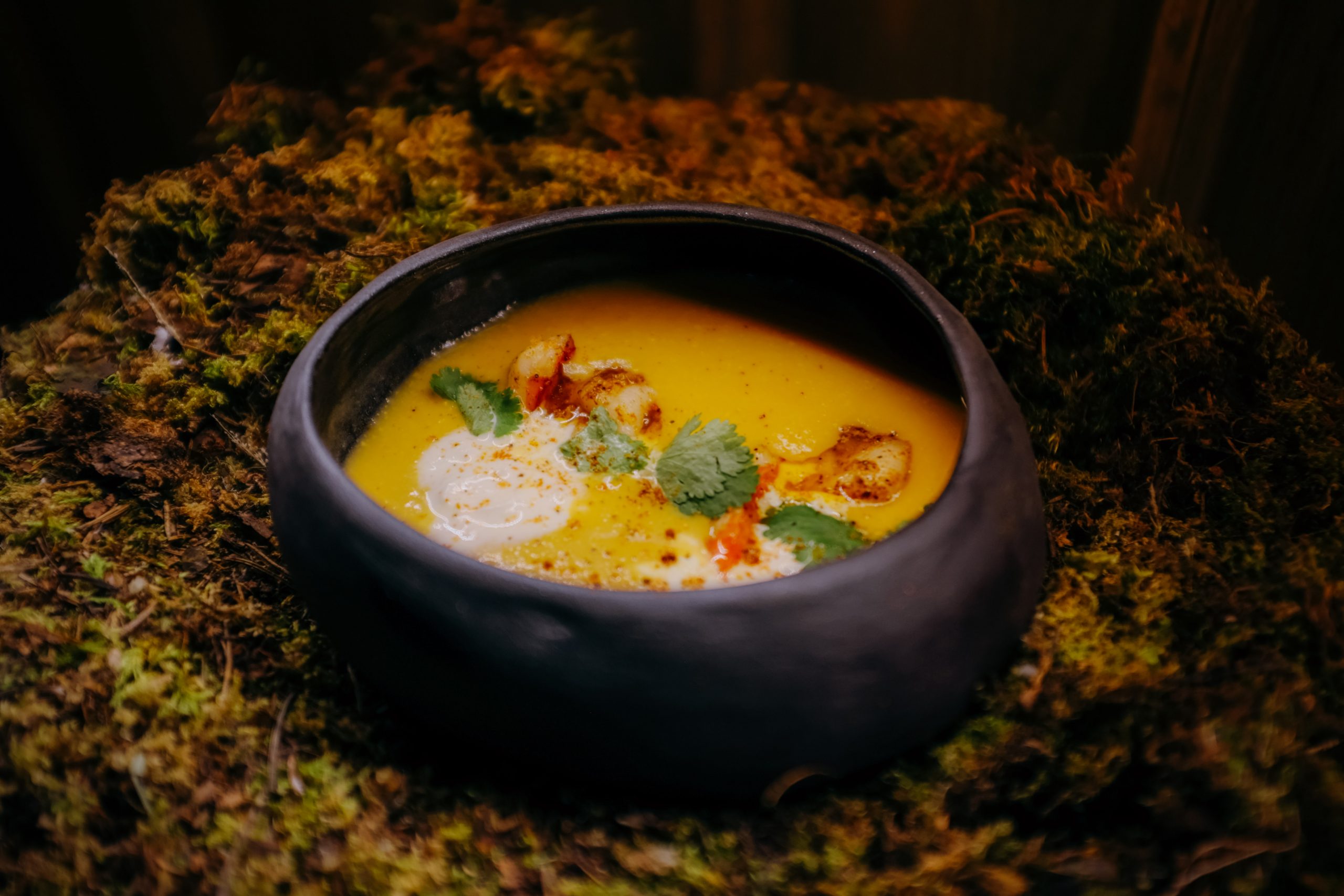
Another very important product used by creoles in different variations is corn. Pies, bread, casseroles, ice cream, side dishes, soup – this is only a small part of what is made from this cob. In New Orleans, corn chowder is often one of the cuisine’s favorite dishes, even sold in cans and jars. As a rule, they make something like vegetable and corn stew, adding smoked meat or dairy products. Sweet, juicy corn pairs deliciously in a vegetable broth with a variety of roots, and this concoction will taste even better if you add cream or stracciatella like we did at Marie Laveau.
Hot Springs (Armenia)
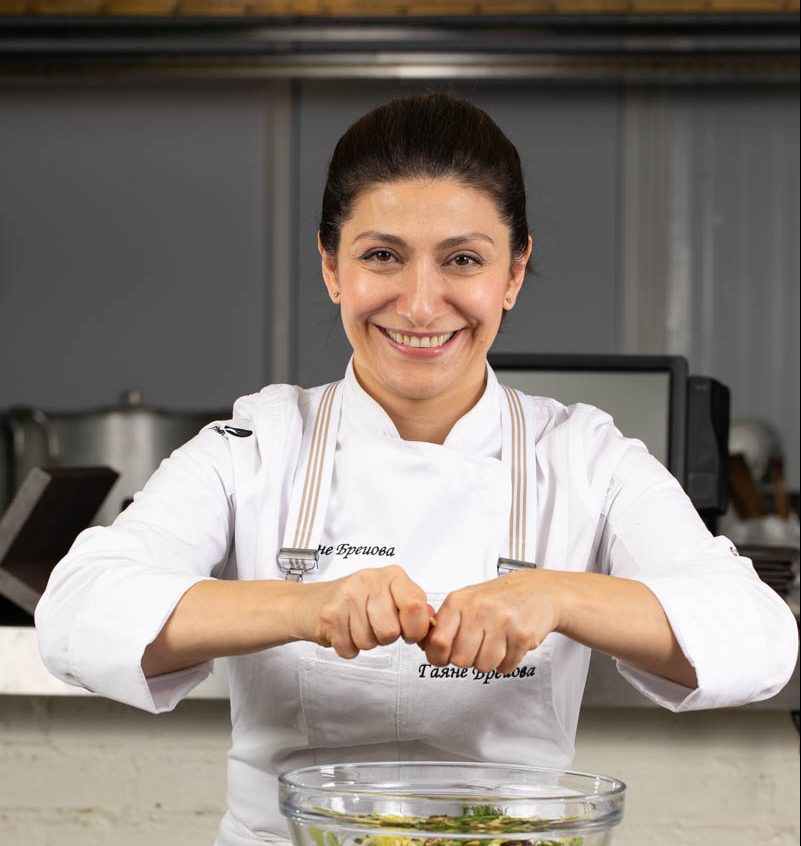
Gayane Breiova, restaurateur, brand chef of Gayane’s restaurant
Hot Springs Soup is a traditional Armenian soup with a long history based on yogurt, wheat and coriander. There is a story about this soup from the 19th century. One night, frozen Russian Cossacks looked at an Armenian house in the Kars region. The owner fed them hot soup, then cooked it on choratan (dried matsun), water, and lavash. The Cossacks ate the soup, thanked the owner: “You saved us, brother, you saved us.” Since then, the traditional Armenian soup tan-apur has another name – Hot Springs.
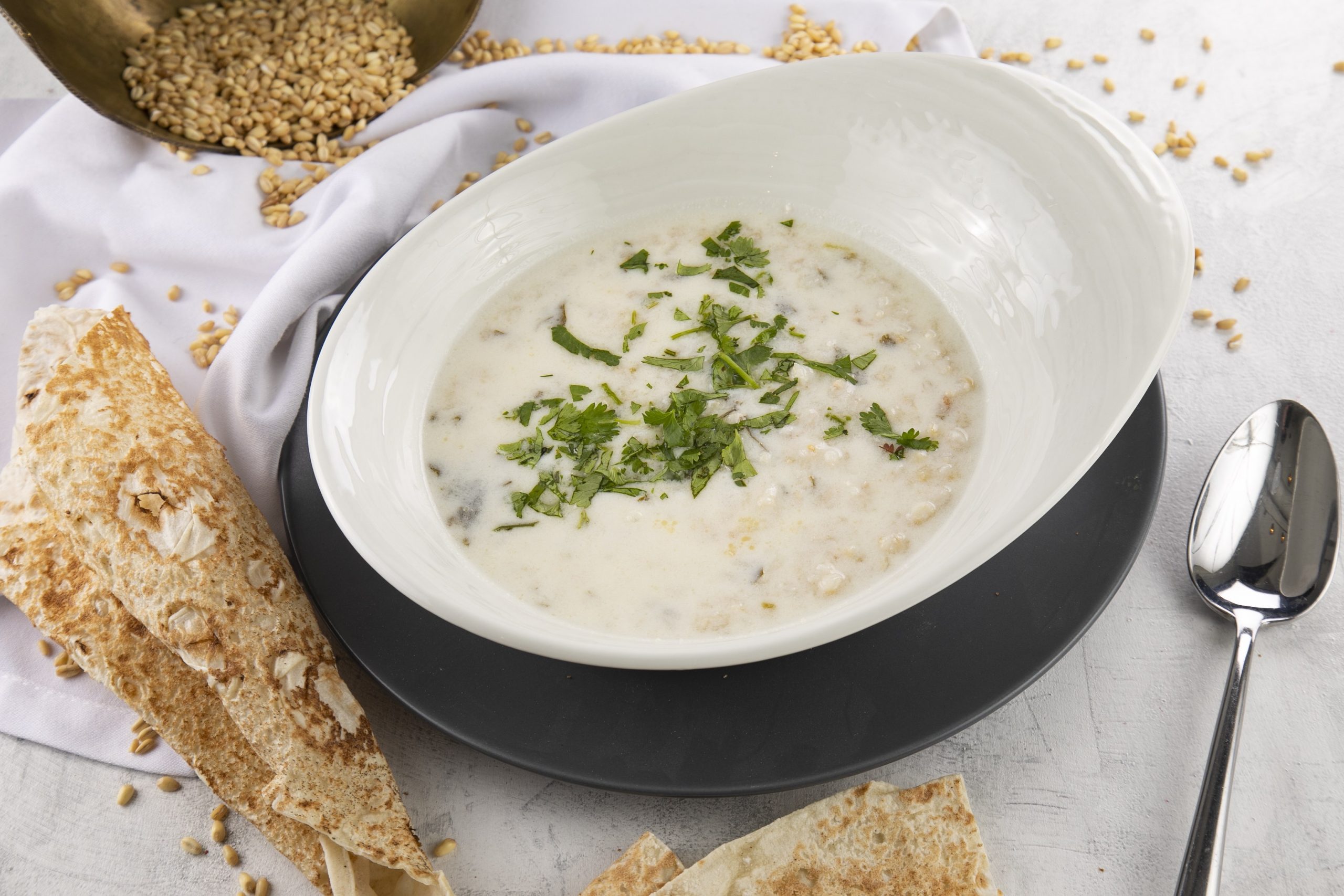
Every family prepares this soup differently. Often times, the base includes matsoni and rice, and we cook on matsoni and dzawar (wheat groats) at Gayane’s restaurant. It will give freshness to the dish if you add mint or coriander. In summer, the soup can be served cold, but it is just as good as hot or warm.”
Lentil soup (Middle East)
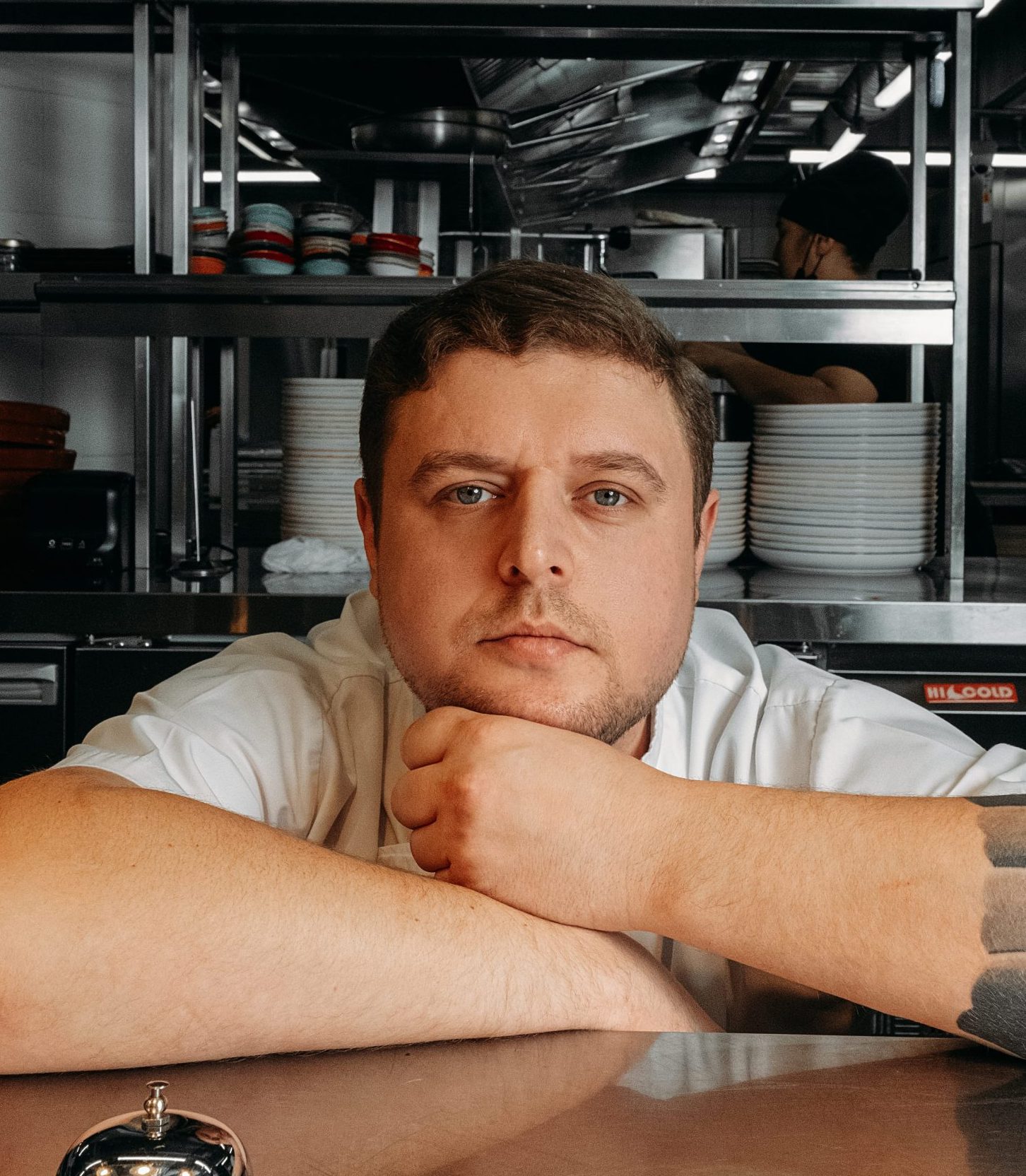
Vladimir Bozhavets, Chief Bordeaux
“Interestingly, there is no such tradition in the Middle East – to serve soup. Even if they make broth-based dishes, they add dry flatbread there and knead everything into porridge. For example, soup is not served in Jordan, while in Iran, pancakes and cream are cooked separately in pita and a few other types of stew with chickpeas.
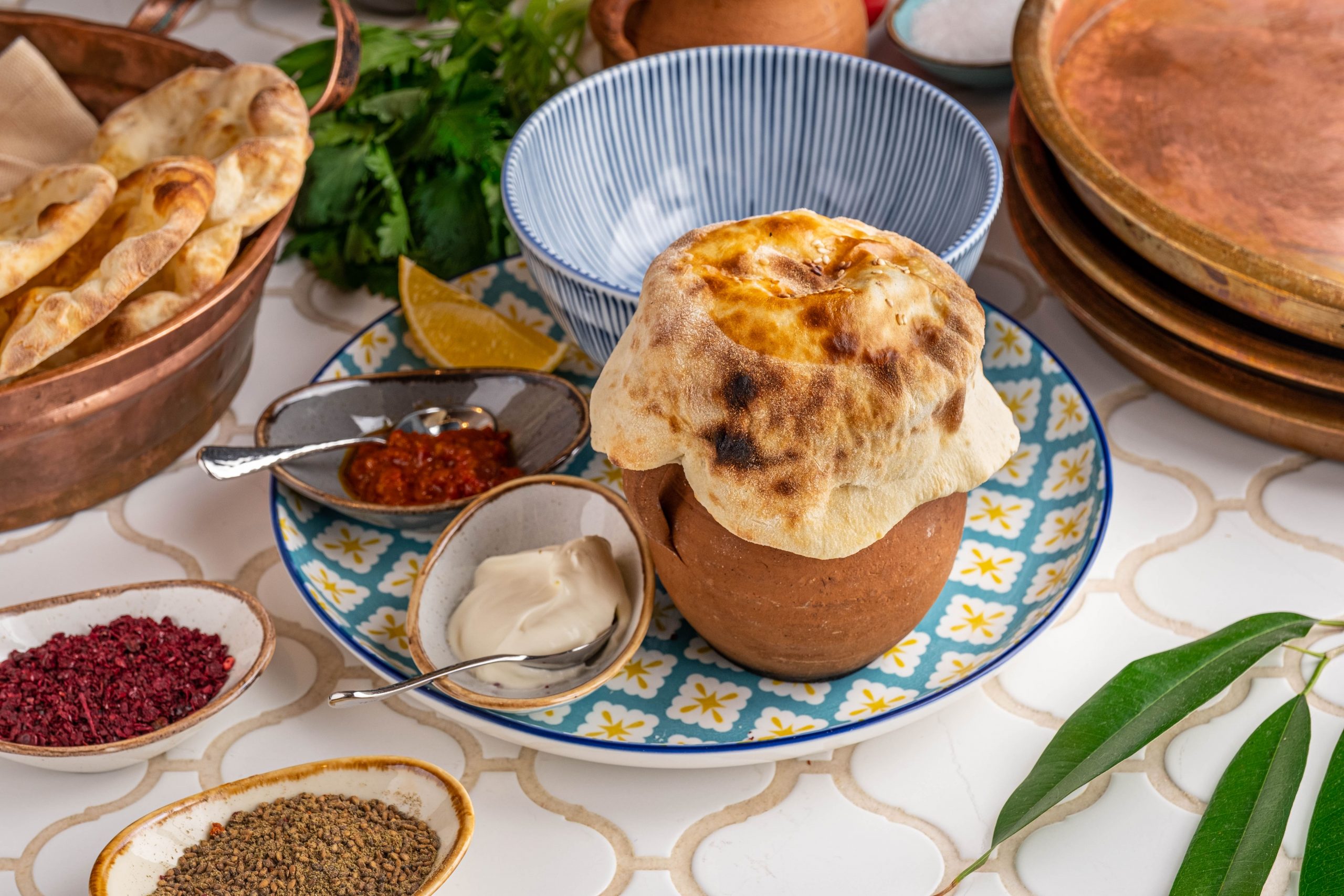
Our soups at Maroon are closer to Turkish and Caucasian cuisine, but still with the addition of Middle Eastern and Indian spices, that’s our recipe vision. All the soups on our menu are so loved, it’s hard to distinguish one. For example, lentil soup: oriental spices based on lentils and lamb, and harissa from Zagreb cuisine served with kaimak. It is cooked in a wood-fired oven, covered with dough.
Chicken broth (Israel)

Sasha Bogdanov, chef of Cafe Claret
“Rich soups are not very common in Israel and not every housewife cooks them as a daily meal at home. As a rule, Israelis accustomed to soup come from the CIS countries.
Perhaps the most common soup in Israel is chicken stock. This is partly due to religion, there is a feast while the whole country is eating this soup. I mean the days of Passover. These days it is customary to cook broth with traditional dumplings made from matzah (kneidlach). The rest of the time, the broth is served with special crackers (shedei marak), which children love because of their bright yellow color and pleasant crispness.”
Source: People Talk

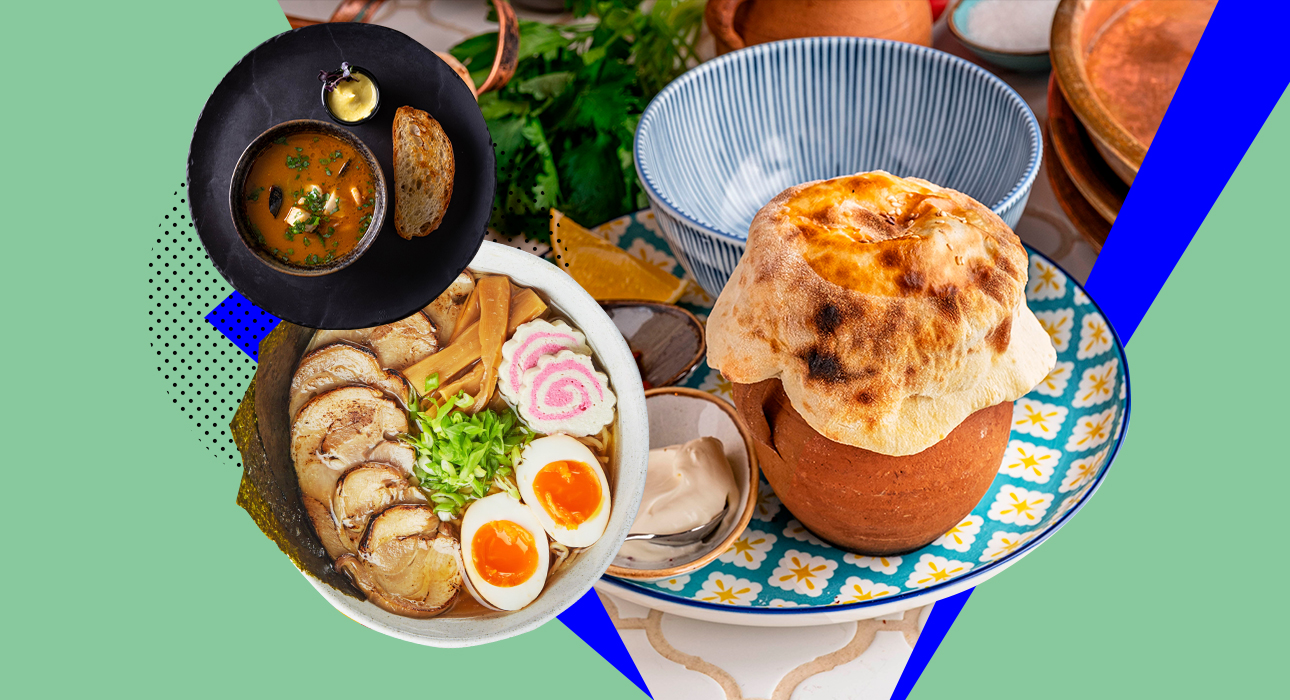





.png)